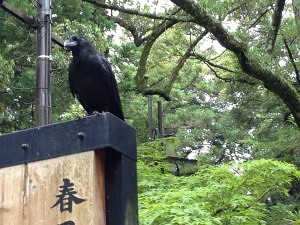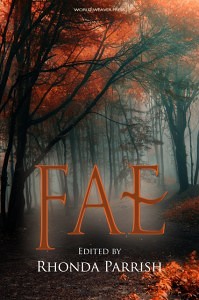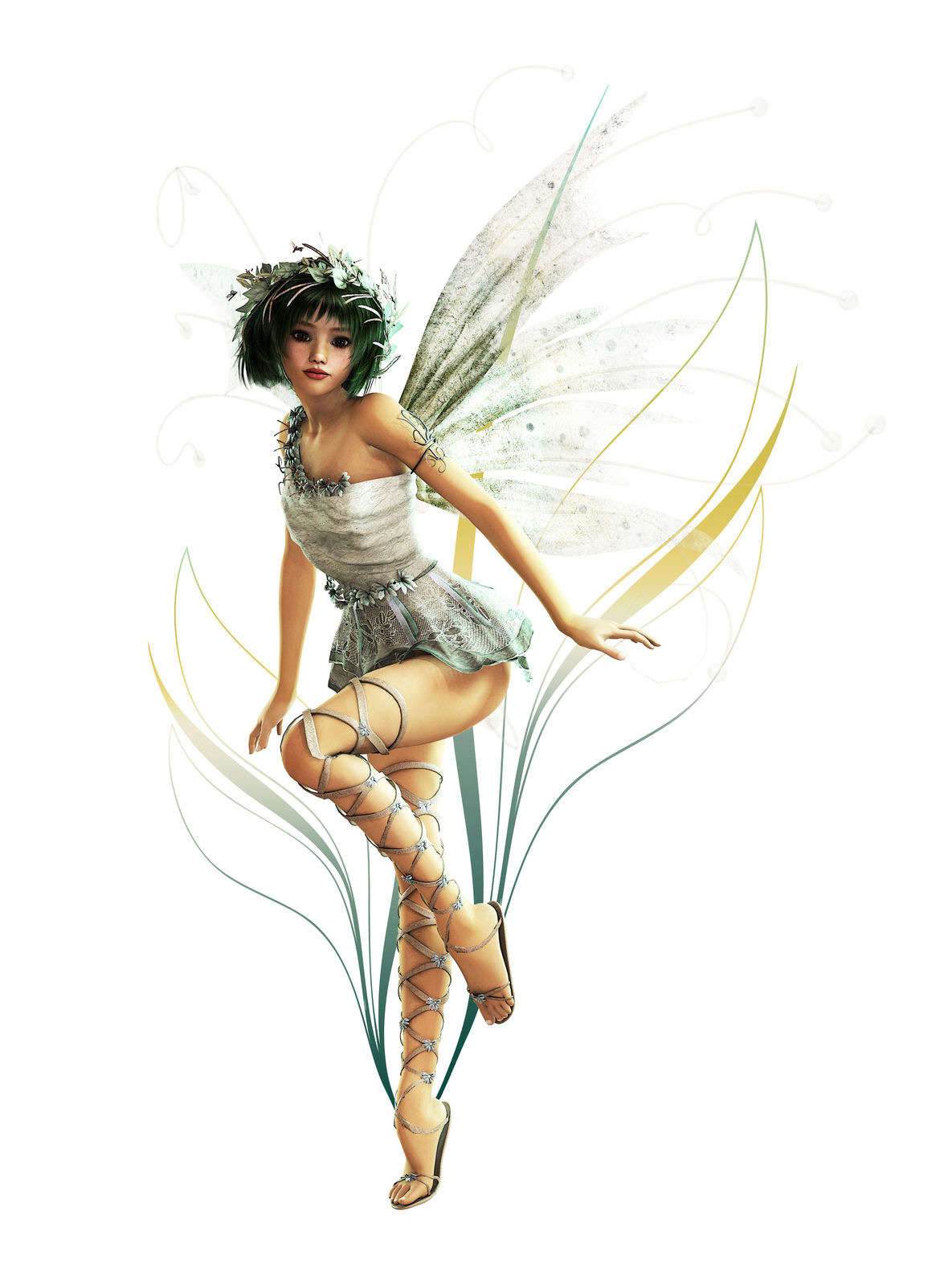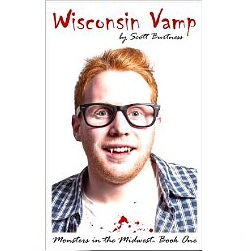All month long I’m going to be hosting the posts of other people as part of my 2015 Giftmas Blog Tour. All the guest bloggers are welcome to write about anything they’d like so long as their post touched on a December holiday in some way, no matter how tangentially. The blog tour extends beyond my blog as well, and I will do my best to link to each external post from the here and share them on social media using the hashtag #GiftmasTour.
But wait! There’s more!
We’re also giving away a whole whack of prizes (check out the list here) which you can enter to win using the Rafflecoper code below. Whatever December holiday you celebrate (or don’t) winning a stack of books will make it better!
The Christmas Army
Barbara Tomporowski
November 30, 2015
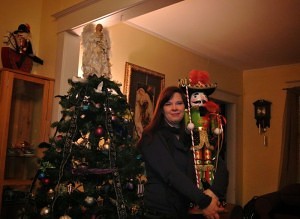 Last year, on December 24th, I danced with a soldier.
Last year, on December 24th, I danced with a soldier.
My cheek pressed against his cool, creased jaw. My left hand grasped his firm shoulder, my right encircled his waist, and my fingers reached the hollow in his rigid back.
One-two-three, four-five-six. One-two-three, four…I twirled around my living room, rising onto the balls of my feet and falling back to the floor with the rhythmic motion of a ballroom waltz. My daughter, Morgana, applauded, while my boyfriend, Lynal, smiled and hefted his camera.
And my dance partner? Well, he never laughed. Never sighed, never relaxed. Never even embraced me back, for he was one foot tall and carved from wood, and his painted features will never change as he stands at attention with his uniform eternally pressed. He cannot enjoy the grace of my step any more than he can hear the notes emerging from the music box beneath his boots. For my partner was a Nutcracker, and the latest addition to a collection that’s been massing in my house over many Christmases.
I can’t remember when I started collecting them. Probably, like many little girls, I was fascinated by the glamourous ballerinas in The Nutcracker ballet. Surrounded by toy soldiers and menaced by Mouse Kings, they leaped through a silvery realm where fog and glitter made magic become both fleeting and possible.
As a young wo man, my interest turned from the elegant ballerinas to their soldierly companions, and I began buying Nutcrackers. At first, I got one a year, but that was before my friends and children started finding them for me. I now have more than enough to cover the top of my china cabinet, and the Nutcracker Army continues growing, for my troop welcomes all recruits from three foot tall riflemen to frog princes and Victorian dandies.
man, my interest turned from the elegant ballerinas to their soldierly companions, and I began buying Nutcrackers. At first, I got one a year, but that was before my friends and children started finding them for me. I now have more than enough to cover the top of my china cabinet, and the Nutcracker Army continues growing, for my troop welcomes all recruits from three foot tall riflemen to frog princes and Victorian dandies.
Last Christmas, three brave sentries guarded the frosty hill crest, peering through the darkness at the snowy plain below – that is, they stood in the windows of my front porch, overlooking the drifts on the lawn. Inside, my cat crept between gift-wrapped parcels, attempting to ambush the lion-taming Nutcracker rolling about the living room on a wheeled base. Meanwhile, a soldier in 17th century dress guarded a tiny gondola, patiently waiting for a pair of masked lovers to emerge from their Yuletide revels.
A few days ago, while hurrying along the ramparts of Old Quebec, I halted at a window with frosted glass ornaments, glowing colours and a wooden sign above the shop’s evergreen doors: La Boutique de Noël. And nestled amid the shimmering ornaments and candy cane lights: Nutcrackers.
A Nutcracker chef with a cupcake hat and a gingerbread cookie dangling from his pudgy hand. Santa Claus Nutcrackers, with matching perpetual grimaces as if they pondered the absurdity of Christmas. A fireman Nutcracker, no taller than my hand, who embraced a hose as if it alone could keep him from falling beneath the heels of eager shoppers.
 Of course I brought one home. My newest captain wears a sparkling peppermint coat, but what got him past the interview was the way he held a gold staff topped with an enormous snowflake. His firm grip on the burnished haft belied a plaintive expression which suggested he’d be heartbroken if I sent him back to the ranks.
Of course I brought one home. My newest captain wears a sparkling peppermint coat, but what got him past the interview was the way he held a gold staff topped with an enormous snowflake. His firm grip on the burnished haft belied a plaintive expression which suggested he’d be heartbroken if I sent him back to the ranks.
But my favourite is still the one I waltzed with last year, with his white hair bristling beneath a scarlet hat as he taps a drum with his wind-up arms. Lynal had taken me to McNally Robinson to check out the books and giftware, and I was perusing a set of ruby goblets when Morgana ran over and thrust herself into my path, blocking the aisle to the till. While I could see Lynal buying something, I would never have guessed what was inside the box they presented to me on Christmas Eve.
With the exception of La Boutique de Noël, I’m disappointed in this year’s selection of Christmas decorations. Lambs, squirrels and foxes peep from burlap wrappings and plaid-covered boxes; cute, in a rustic way, but hardly suitable for my neo-Victorian decor.
There were only three or four nutcrackers at Pier 1 last weekend, but I spied one I liked. “That one,” I told Lynal. “Will you take a picture and show my kids? And if no one buys it for me, I’ll come on Boxing Day and pick it up myself.”
“Don’t worry,” he said. “I’m pretty sure you’ll get one.”
Bio: Barbara Tomporowski writes, dances, and does photography. When she’s not doing that, she’s organizing events for arts, culture and justice organizations at the local, provincial and national levels. She publishes academic articles, speaks at justice and community events, chairs the Cathedral Village Arts Festival, and organizes the Phantasts, a writing group in Regina devoted to science fiction, fantasy, horror, and alternative history. Follow Barbara Tomporowski on Facebook.
Enter the Giftmas Giveaway
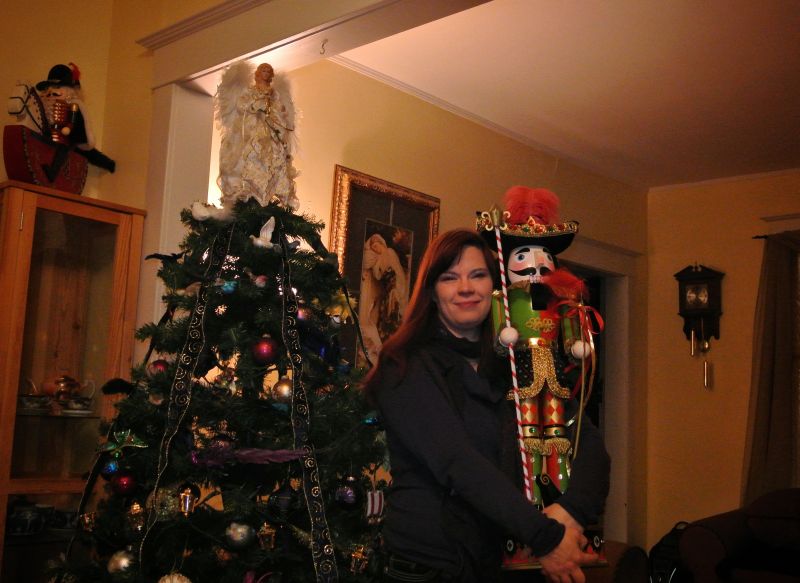



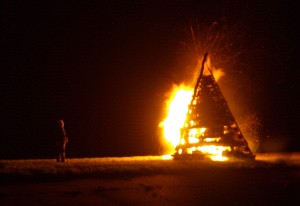






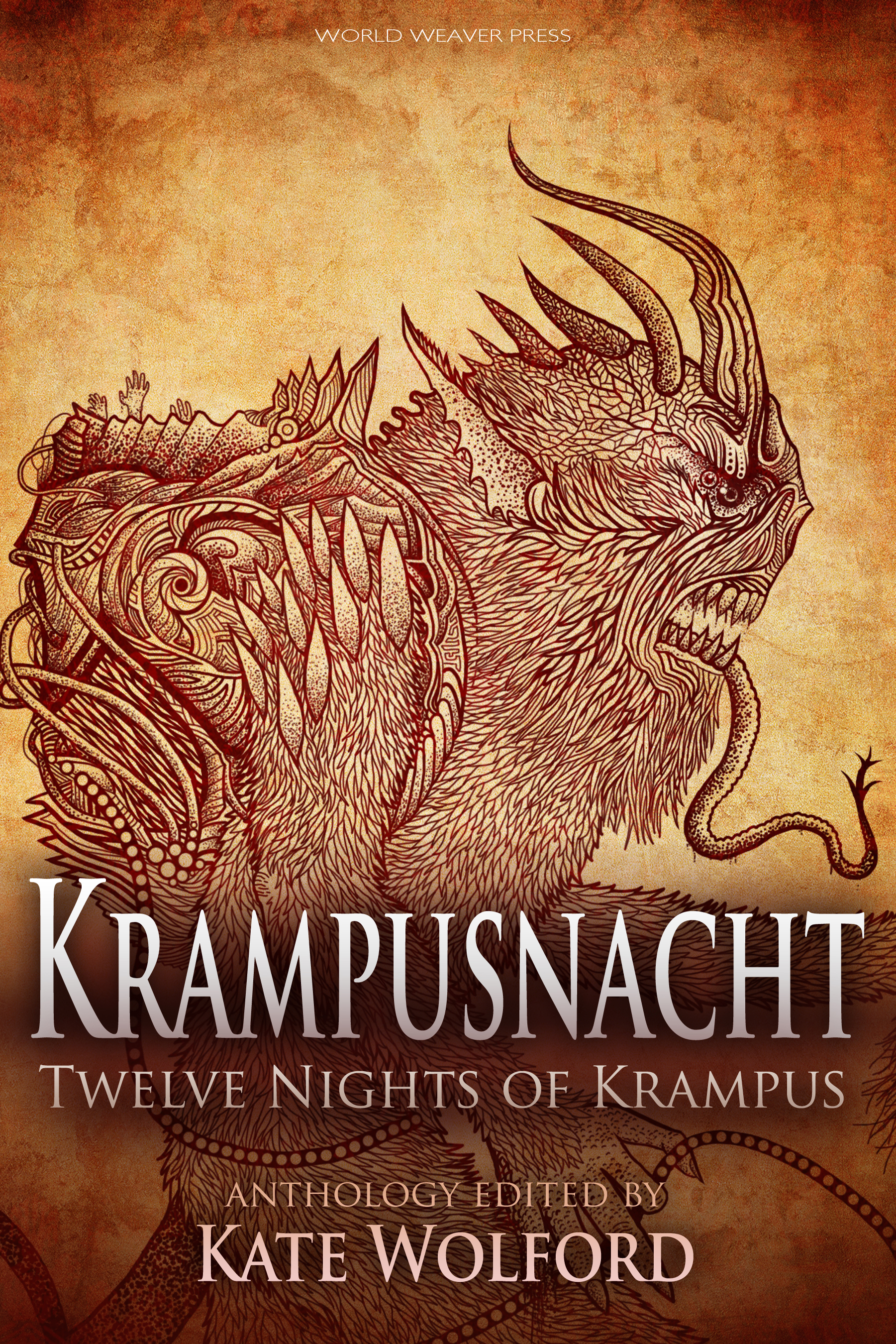
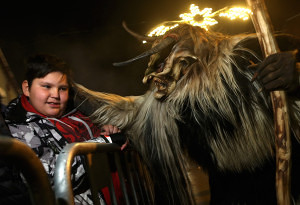
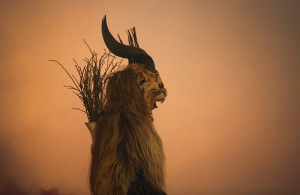 You want your kids to behave in the weeks before Christmas? No need to bribe them with Elf on the Shelf, just take them to a Krampus parade, and let them witness the monster that’s going to come take them away if they’re not well-behaved.
You want your kids to behave in the weeks before Christmas? No need to bribe them with Elf on the Shelf, just take them to a Krampus parade, and let them witness the monster that’s going to come take them away if they’re not well-behaved.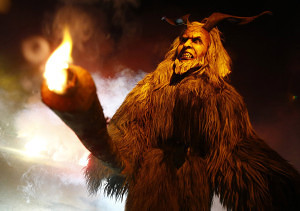 And they ask me if I know about
And they ask me if I know about 

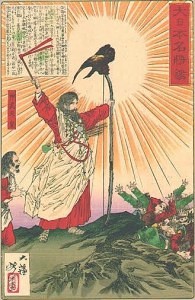 Western legends often portray the crow as a harbinger of disaster, lurking about like Poe’s raven to observe the misfortunes of man.
Western legends often portray the crow as a harbinger of disaster, lurking about like Poe’s raven to observe the misfortunes of man. en less traveled path, leads out and away from this sub-shrine, through a primeval bamboo grove. I knew I had a long hike ahead, but I couldn’t resist the temptation to follow the bamboo path for a little while.
en less traveled path, leads out and away from this sub-shrine, through a primeval bamboo grove. I knew I had a long hike ahead, but I couldn’t resist the temptation to follow the bamboo path for a little while.